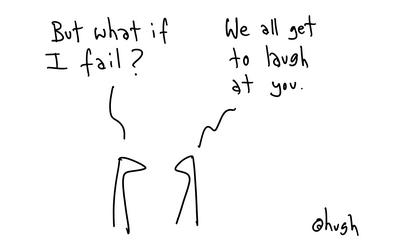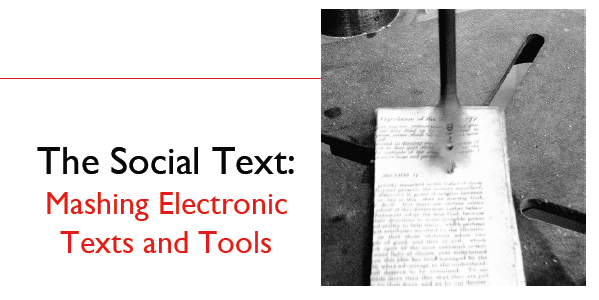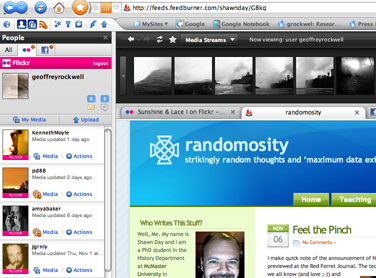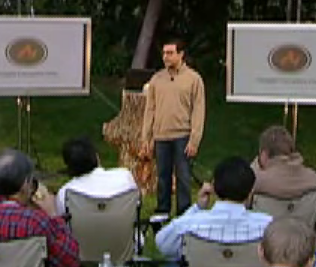Matt pointed me to a Stanford class on Facebook web site: Home The Stanford Facebook Class: Persuasive Apps & Metrics. Here is a quote from the home page explaining the interest of the Stanford Persuasive Technology Lab in Facebook,
In 2007 the most effective persuasive technology has been Facebook. People in our lab have researched persuasive technology since 1993, and we’ve found the fastest path to insight is studying what’s working best in the real world. Today’s Facebook experience has so many elements of persuasion, so we’ve decided to dive in deep. Our goal is to understand the psychology of Facebook. This page gives an initial overview of our project.
As a course it is impressive (see especially the speakers they lined up), but I found the press more interesting as they analyzed the phenomenon. Tim Oren in his blog entry, Facebook Apps: Playing the Viral Lottery writes the following,
 You’re better off thinking of a Facebook app as a virtual form of social stroke, a sort of networked take on what we called New Games once upon a time. “Here, have a hug, pass it on.” Indeed, among the most successful of the Stanford apps were hugs, kisses, send Love, and a pillow fight. There were more complex games and multi-user projects, but those were the teams that found they needed to simplify and/or restart with a new application to attract an audience. The summary learnings of the class were simple and to the point: Start simple, go viral, then deepen the engagement – before attempting to monetize. Watch your metrics and learn fast – teams were iterating versions on 12 to 48 hour schedules.
This doesn’t bode well for analytical widgets that are complex, but it is great to see there is still room for the small student team to do something that gets traction.



 I’ve been experimenting with
I’ve been experimenting with 


